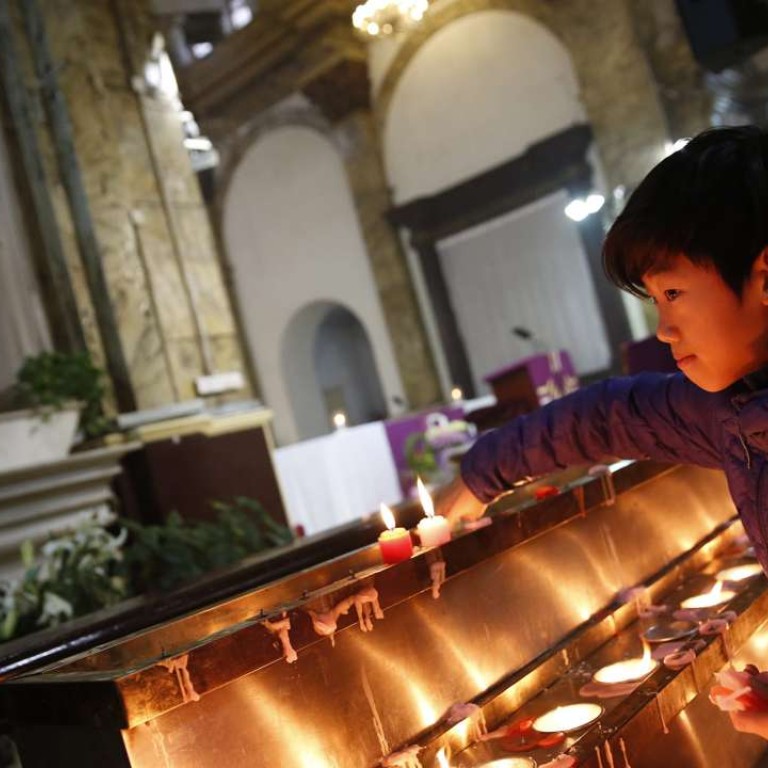
When China welcomed its first Catholic missionary
The warm reception received by missionary John of Montecorvino in 1294 has evolved into a frosty standoff with the Vatican today
At the time of writing, China and the Vatican were in talks to improve or perhaps even restore diplomatic relations, which were broken off in 1951.
The most contentious issue at the heart of the more than six-decade-old severance of formal ties is the authority to appoint clergy to tend to the Catholic flock in China, a power that Beijing considers its temporal right as a sovereign state but which the Holy See deems its spiritual duty as the centre of governance for the world’s 1.27 billion Catholics.
The first official Roman Catholic missionary in China was John of Montecorvino, an Italian who in 1294 arrived as the personal representative of Pope Nicholas IV, at Khanbaliq, the capital of the vast Mongol empire, located in present-day Beijing.
The reigning Temür Khan, whom the Chinese referred to as Emperor Chengzong of the Yuan dynasty, allowed John of Montecorvino to proselytise the Christian faith in China. He must have had some measure of success because by 1305 he had built two churches in the capital. In 1308, Pope Clement V consecrated him Archbishop of Peking.
In the three decades he worked in China, he converted thousands of Mongols, Chinese and even Armenians, established three missions in the capital and one in the city of Xiamen, in the far south, and translated the New Testament into Old Uygur.
John of Montecorvino died in the capital in 1328.

